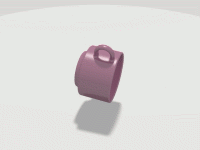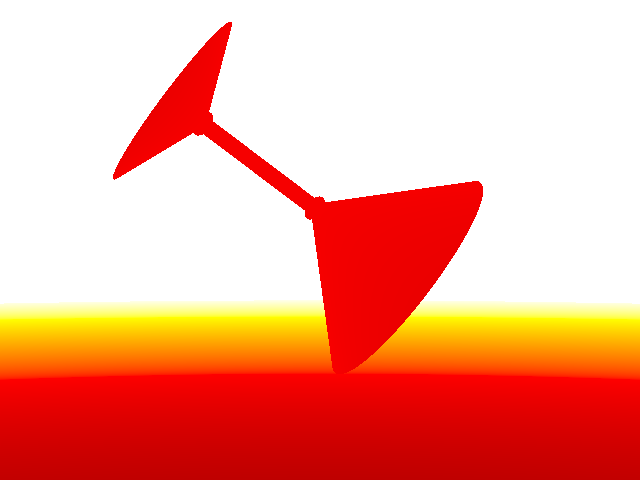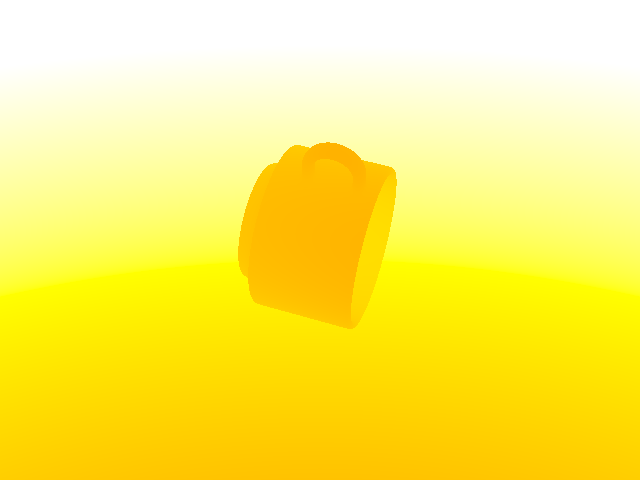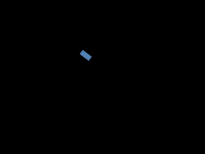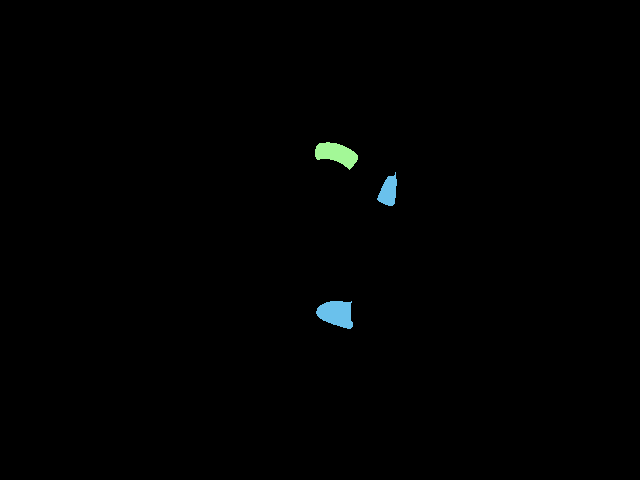Each dataset below consist of:
(a) image, (b) grasp labels (binary 0-1 image), (c) depthmap (range image), (d) 6-dof grasping point,
(e) object orientation, (f) grasping parameters such as gripper width.
- Stapler (synthetic), 2001 examples, 128 MB
- Pencil (synthetic), 2001 examples, 108 MB.
- Coffee Mug (synthetic), 2001 examples, 139 MB.
- occluded two mugs, 120 examples, 7 MB
- Tea Cup (synthetic), 2001 examples, 153 MB
- occluded two tea cups, 120 examples, 5 MB
- Martini Glass (synthetic), 2001 examples, 130 MB.
- Cereal Bowl (synthetic), 1001 examples, 86 MB
- Eraser (synthetic), 2001 examples, 104 MB
- Book (synthetic), 500 examples, 30 MB *
- Real Objects *
- Real negative examples (background) *
Explanation of Data format: README, File to read data into matlab: getCorrectedValuesStanfordData.m, getXYZfromDepth_fast.m.
* For data marked with an asterisk, the Matlab script will not work, write you own.

